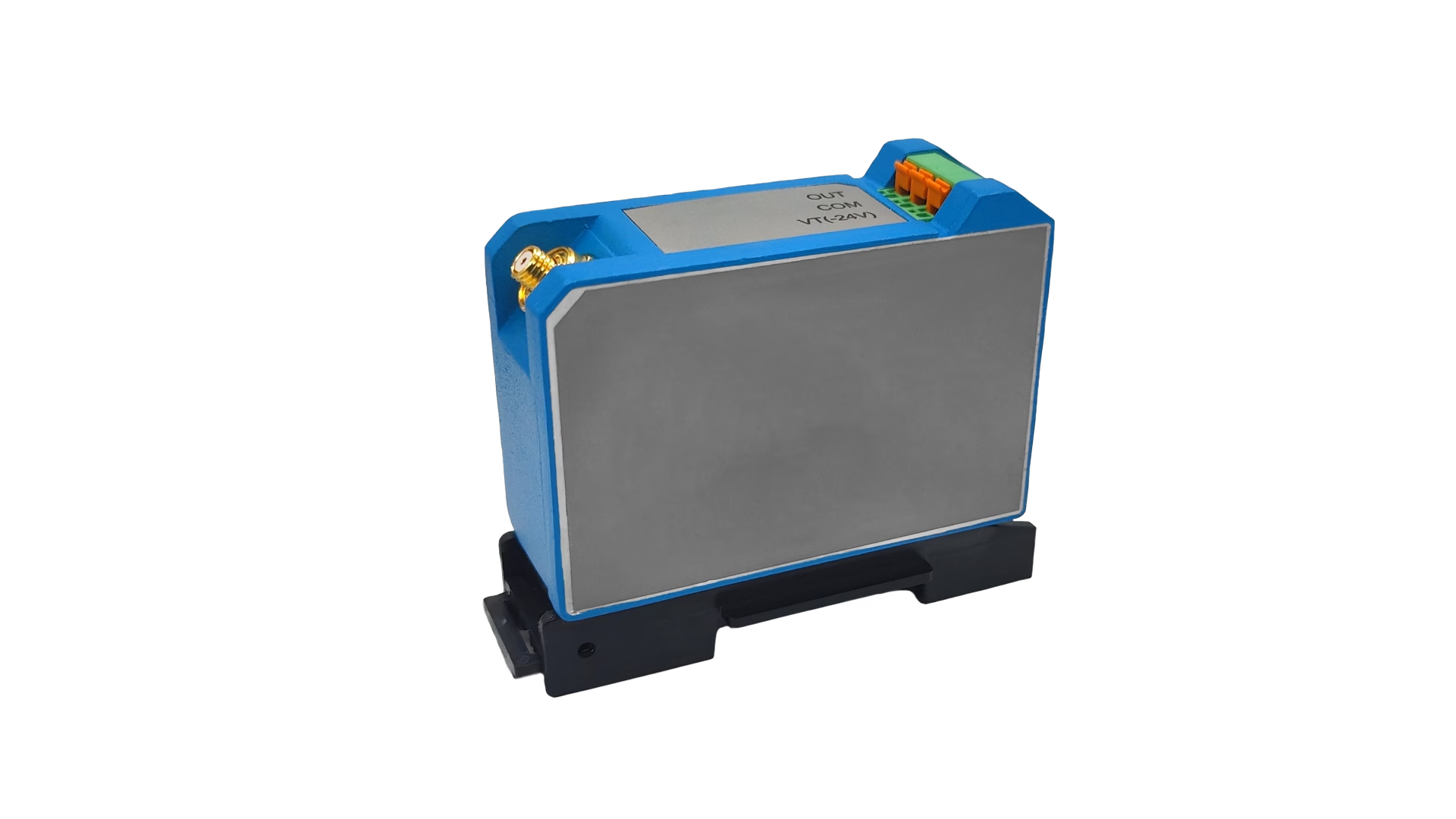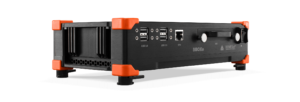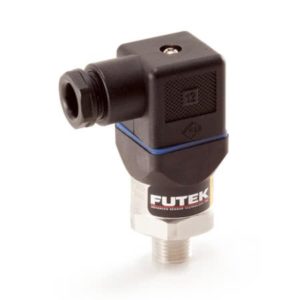Our MM401D Series Proximity (Eddy) Displacement Sensors offer numerous advantages:
Advantages:
- High Accuracy: Provides precise measurements. Especially for those applications requiring exact positioning and displacement data.
- Durability: Withstands harsh industrial environments. Therefore, reducing downtime and maintenance costs.
- Versatility: Suitable for a wide range of materials and applications. Therefore, making them ideal for various industries.
Applications:
- Industrial Automation: Used for precise positioning and displacement measurement in automated machinery.
- Vibration Monitoring: Ideal for monitoring vibrations in rotating machinery to ensure operational efficiency and prevent failures.
- Manufacturing: Suitable for quality control and precision measurement in production lines.
- Aerospace: Used in the testing and monitoring of aircraft components.
- Automotive: Essential for monitoring the displacement and positioning of various automotive parts during testing and operation.
Features and Benefits:
- High Sensitivity: Provides accurate displacement measurements with minimal error.
- Wide Measuring Range: Covers various measurement needs, from small displacements to larger movements.
- Robust Construction: Designed to operate in temperatures from –20℃ to +100℃. Therefore, ensuring durability in harsh environments.
- Non-Contact Measurement: Eliminates wear and tear. Therefore, providing longer sensor life and consistent performance.
- Insensitive to Environmental Factors: Resistant to oil, dirt, dust, moisture, and interference fields, ensuring reliable operation in industrial settings.
How Eddy Displacement Sensors Operate:
Eddy current displacement sensors work by generating an alternating magnetic field from a coil in the sensor head. When this magnetic field interacts with an electrically conductive target, eddy currents are induced in the target material. These eddy currents create a secondary magnetic field that opposes the original field, causing a change in impedance in the sensor coil. This change in impedance is proportional to the distance between the sensor and the target. The sensor electronics then convert this impedance change into a voltage signal that can be measured and analysed.
Finally, to learn more about our Eddy Displacement Sensors, consult the table below or contact us.
| Model | MM401D01 | MM401D02 | MM401D04 | MM401D08 | MM401D10 |
|---|---|---|---|---|---|
| Sensitivity (±2%) V/mm | 16 | 8 | 4 | 2 | 1.6 |
| Measuring Range mm | 0.4-1.40 | 0.50 - 2.50 | 1.00 - 5.00 | 2.00 - 10.00 | 2.00 - 12.00 |
| Probe Diametre mm | Փ5 | Փ8 | Փ11 | Փ 18 | Փ25 |
| Frequency Range Hz | DC-5k | DC-5k | DC-5k | DC-5k | DC-5k |
| Probe Temperature Range °C | -20 to +100 | -20 to +100 | -20 to +100 | -20 to +100 | -20 to +100 |
| Preamplifier Temperature Range °C | -20 to +70 | -20 to +70 | -20 to +70 | -20 to +70 | -20 to +70 |
| Probe Output Connector | SMA | 9-15 VDC | 9-15 VDC | 9-15 VDC | |
| Preamplifier Output Connector | Terminals | -40 to+85°C | -40 to+85°C | -40 to+85°C | |
| Power supply | 12mA/-24VDC | Integral Cable 3M (5 Conductors) | Integral Cable 3M (5 Conductors) | Integral Cable 3M (5 Conductors) | |
| Probe Mounting Size mm | M8 x 1 x 65 | M10 x 1 x 50 | M14 x 1.5 x 110 | M20 x 1.5 x 110 | M30 x 2 x 110 |
| Pre-amplifier Size mm | 60 x 80 x 45 | 60 x 80 x 45 | 60 x 80 x 45 | 60 x 80 x 45 | 60 x 80 x 45 |
| Spec Sheet | Spec Sheet DIN Rail Spec Sheet | Spec Sheet DIN Rail Spec Sheet | Spec Sheet DIN Rail Spec Sheet | Spec Sheet DIN Rail Spec Sheet | Spec Sheet DIN Rail Spec Sheet |
| Buy Now |




